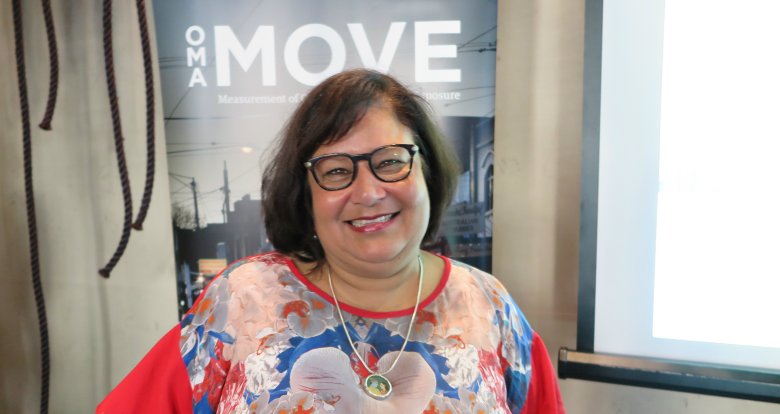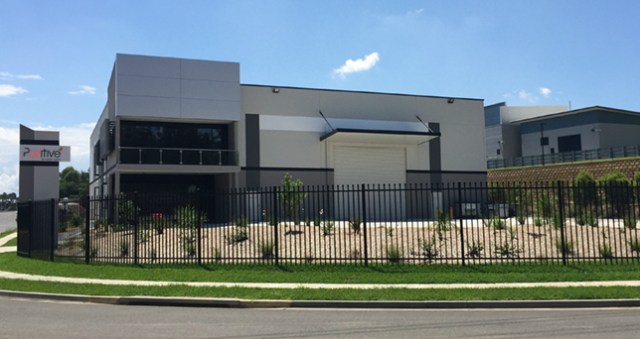
Australia’s outdoor media measurement system Move celebrates its fifth birthday and says its new ‘sexy’ functions will allow outdoor advertisers to geo-target demographics and create bespoke campaigns. Outdoor Media Association (OMA) developed Move (measurement of visibility and exposure) to collect data that shows consumer reaction to some 73,000 OOH advertising locations, including roadside billboards, posters, street furniture, railway stations, buses, trains, trams, shopping centres and capital city airports. OMA says the five year long research has led to new developments, which include the ability to geo-target reports to desired geographies, as well as an enhanced visual design and new report options.
Speaking with Australian Printer, Charmaine Moldrich, CEO of the Outdoor Media Association, says media agencies today will open their cloud based systems to find bigger and transparent maps that they have been asking for. “They have asked us, ‘yes, we know that there are averages, but where are those people?’. “This research actually shows them where the actual people are, we will also be giving them the geo-targeting section, so for example if an insurance company is looking at its postcode data and it shows that they haven’t got a lot of people in a particular area, [with this tool] they can actually start looking at where to campaign and what the reach and frequency will be for that demographic. “So I think geo-targeting is probably the sexiest bit that is coming out and then there is the mode split, so you can actually, as an advertiser or creative, know who is looking at your campaign.” OMA says the analysis of reach and frequency based on audience geography, household income and number of people living in the home, means media agencies now have the ability to create bespoke and targeted media plans in response to client briefs. According to Moldrich, additional improvements to Move include mode data – the ability to show how audiences are seeing ads, whether it be by walking, driving or as a passenger. “New map layer options, called dot density, represent the number of contacts that will be made in a campaign, using one dot to represent 100 people,” she says. “This, overlaid with the existing heat map (percentage reach) function enables users to provide a more accurate visual of the campaign reach. The compare report function then allows users to review two reports, with the same geographical information, side by side.” 
Moldrich says it a was ‘a huge task [to develop these new functions] because we are sampling everyone in Australia and matching them to 73,000 signs that we cover, so it’s a very different way of looking at research and the way people look’. “And it’s been in the market place for five years, and we are seeing industry market share and revenue growth. So the work that we did to get it there has paid off.” However, Moldrich says she is not happy with the market share of out-of-home media. She says while the outdoor industry shares have been improving, she wants to see its growth hit heights similar to some European nations. She says, “Maybe I am a little bit greedy, maybe I am a little impatient, and maybe we are aspirational, but I think as a small industry group we have to be in most places. I look at places like France and England that have a bigger share of the market; we have got a similar share to the American market.” The latest figures for 2014 show the OOH industry saw unprecedented year on year growth posting a 10% increase in net revenue from $547.6 million to $602.1 million. “I don’t think that we have necessarily got the share that we deserve to have in the market,” Moldrich says. Moldrich wants a $1bn revenue.
Comment below to have your say on this story.
If you have a news story or tip-off, get in touch at editorial@sprinter.com.au.
Sign up to the Sprinter newsletter


